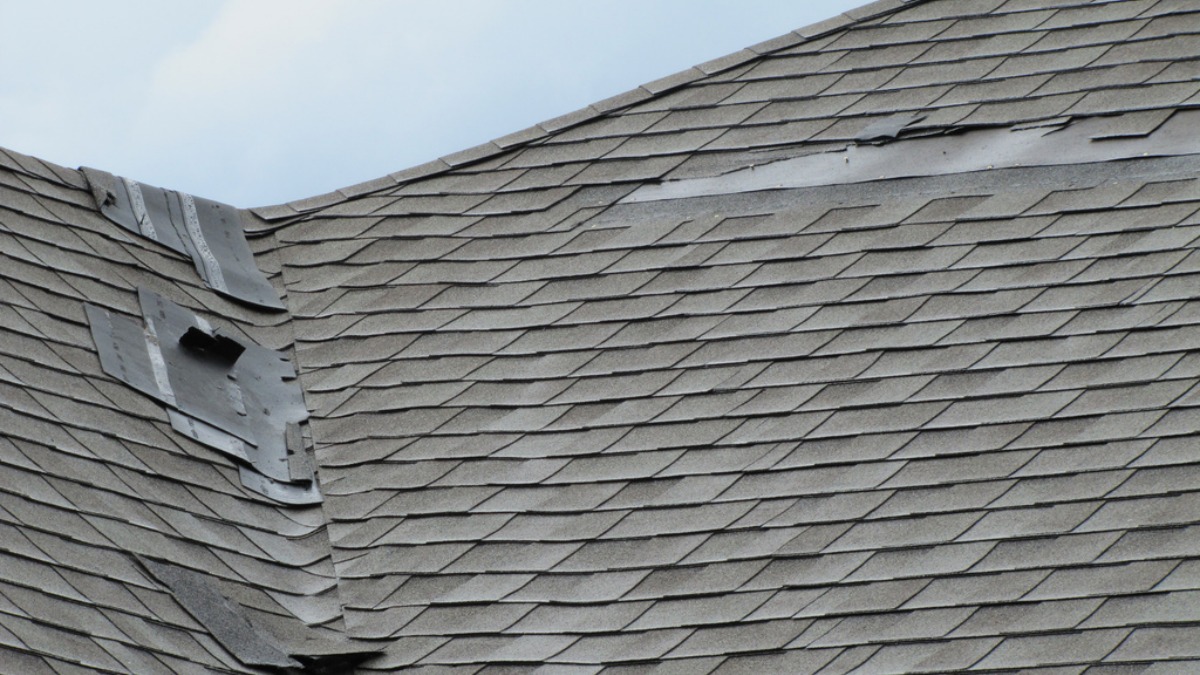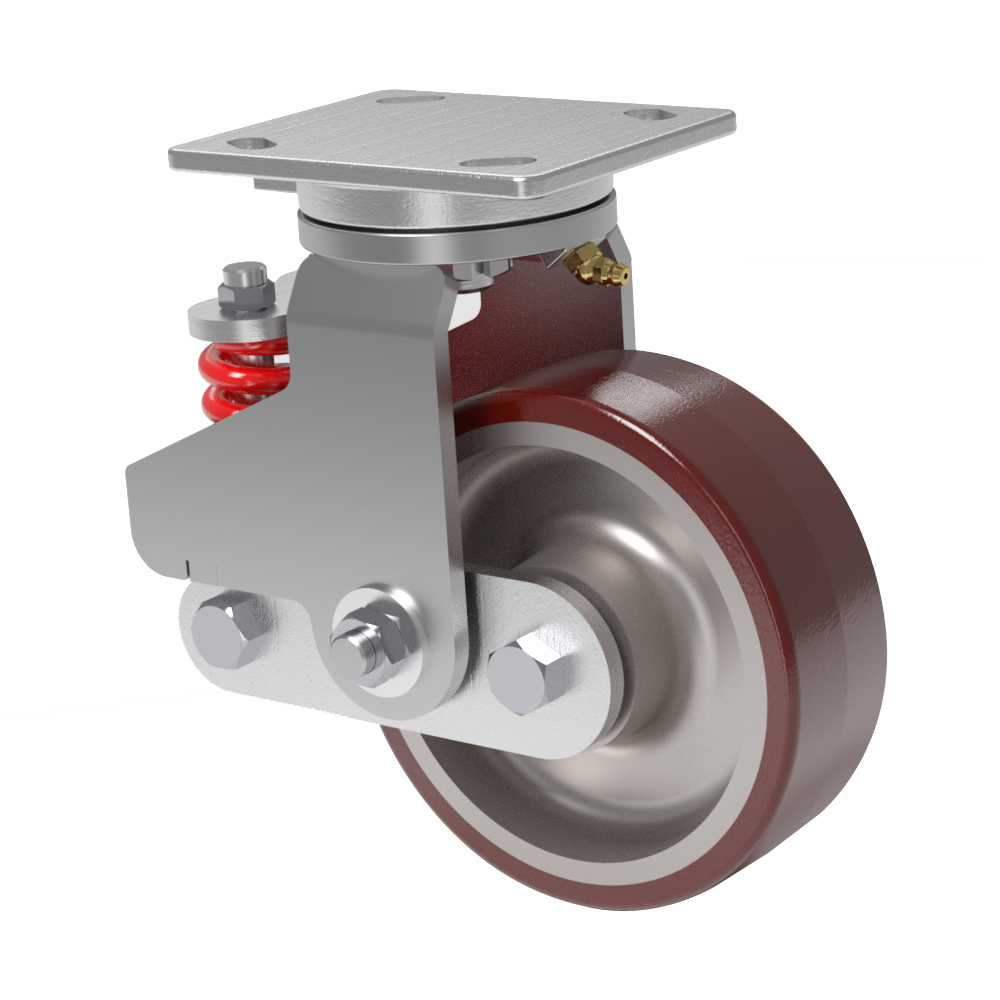A leaky roof needs to be addressed as fast as possible. If you notice that the rain outside is getting inside, it’s possible that some damage has been done to the roof as a result of the storm. But in order to limit the amount of damage that occurs inside, you need to assess the damage that might have been done outside. That means taking a look at the condition of the roof once the storm subsides.
So, if your home has been subject to a storm of any kind, from rain to snow to hail, and you notice water seeping in from up above, you may need to take a look at what’s happening up there.
This is something you must do as fast as you can, so you can minimize any water damage might take place from moisture that is able to seep in to the attic and leak through your ceiling, your drywall, even fall on your carpet and floor. Here is what you need to check for before you call your favorite roofers in Wilmington, DE.
Damaged Shingles

If you plan to go up on the roof to check for damage, you want to do it after the storm ends. Make sure everything up there has thoroughly dried or you could slip and fall. But if it’s safe to climb up, you want to first look at your shingles. Rain, sleet, and hail could all do some damage to your roofing shingles, in the form of cracking or fracturing them.
Sometimes your shingles may remain intact but they may fall or shift out of place. This can be just as damaging to the roof and allow for leaks to occur.
Random Debris

Storms typically come with high winds which can knock branches, sticks, leaves, and other environmental debris onto the top of your house. These items can be small or large, light or heavy, and the more of it that ends up on your roof, the higher the risk of sustaining some kind of damage to the roof.
Even a few items after a storm can remain, joined by more debris from the next storm, and more after that. All of this can start to pile up and the pressure can cause your shingles to crack under the weight of all that random detritus. So, when you go up to the roof, search around to see if there are any items that shouldn’t be. Removing these things can also reveal any damage that might be concealed after it was inflicted.
Water Discoloration
You may not find any damage on the roof itself but you might start to find slight discolorations and dark spots on the ceiling. Guess what, that’s water and it’s a tell-tale sign that your roof has a leak. So now you really need to locate the source and that means your time up on the roof of the house is going to be spent by you poring over the surface with a fine-tooth comb.
If you’re not finding visible outward signs of damage you may want to check for any indicators of mold and mildew or check along the seams of your chimney or any skylight. Don’t rely on the location of the water stain on your ceiling to point you towards the area where the leak is located. Water shifts and moves in every direction, so the leak may be one place and the stain in another.
Check for sagging areas or soft spots, as water damage can manifest itself in these forms.
Look to Your Gutters
The gutters can tell you a lot about the condition of your roof just by looking at them. If it has rained and the gutters are full, they’re likely clogged and you need to get up there to unclog them, fast. However, if you notice there is moisture getting into the home from above, a clogged gutter may be to blame and the backwash could be splashing up onto an area that is compromised. The water could be getting in that way.
You can also check to see if the gutters have been dented or banged up in any manner, this is especially telling after a hail storm. If the chunks of ice have damaged the gutters, they may have done the same to the roof.
Siding Damage
If your home has some type of siding installed, you can check those materials for holes, cracks, and dents after a bad storm. Should you discover any excessive wear and tear, it’s possible that the roof has sustained similar damage.




